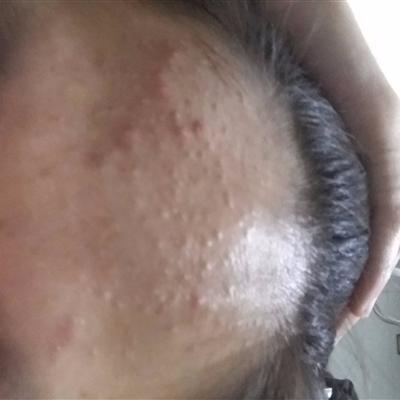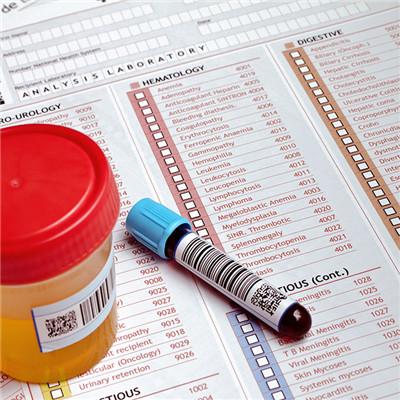How is liver tuberculosis diagnosed?
summary
Adult tuberculosis can affect all parts of the body and organs, generally pulmonary tuberculosis, intestinal tuberculosis for more common, followed by pleural, peritoneal and bone joint tuberculosis, rarely consider liver tuberculosis. So let's share how to diagnose liver tuberculosis?.
How is liver tuberculosis diagnosed?
First: miliary liver tuberculosis: this type is more common. CT showed hepatomegaly and multiple low density miliary foci in the liver; Or hepatomegaly with reduced density, and multiple, small lesions CT can not distinguish clearly. If there is no extrahepatic tuberculosis in this type, it can not be diagnosed only by CT examination. The final diagnosis was made by biopsy. The majority of miliary liver tuberculosis after drug treatment, lesions absorption, fibrosis, calcification.

Second, nodular hepatic tuberculosis: on plain scan, it showed low density lesions or mixed density with uneven density. Enhanced scan showed mild to moderate edge enhancement. The lesions were single or multiple, with caseous necrosis and tuberculous abscess in the center.

Third: mixed density type: CT showed round nodular lesions of 2-5cm in size, with high or equal density in the center and possible calcification. Calcification is punctate or "powdery". There was low density around, a uniform thin ring on the edge and a ring enhancement sign. Tuberculous cholangitis is a rare calcification along the bile duct wall.

matters needing attention
High fever, jaundice, anemia and cachexia should be differentiated from lymphoma, acute leukemia and malignant reticulocytosis. The absolute number of lymphocytes, leukocytes and reticulocytes corresponding to lymphoma, acute leukemia and malignant reticulocytosis can be found to be significantly increased by bone marrow examination and lymph node biopsy.










